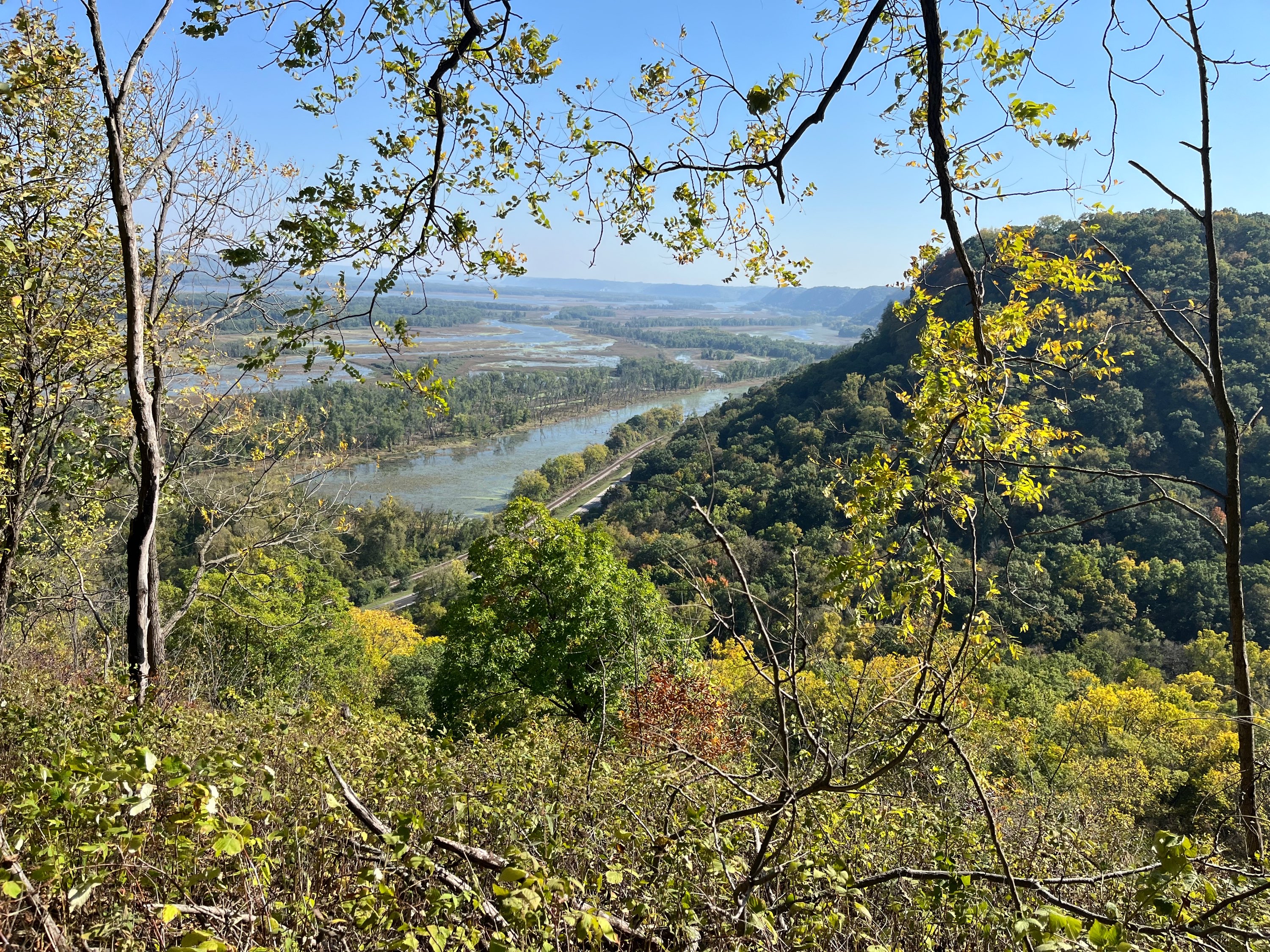Ramp-up
- iowisota

- Apr 14
- 3 min read
Collecting ramps (wild leeks) is a ritual for many people; these early-emerging greens are a hallmark of Spring throughout the moist deciduous forests of eastern North America. When you see a hillside carpeted with ramps, it is hard to imagine that this abundant plant could ever be a threatened resource. But in many places, collection of ramps is forbidden or controlled because the populations are at risk of becoming unsustainable.

The only population of ramps that I am aware of at Iowisota is a small patch that my mom probably planted a few decades ago. I don’t know why I don’t have ramps growing naturally under the maples in the rich, moist soils along the ravine. So let’s talk a bit about the life history of ramps.
Ramps regenerate (spread) by two methods: bulb division and seed. The seed of wild leeks is heavy; it is not dispersed by wind, so it needs help from animals or soil/water movement to move a long distance. After a ramp seed grows into a new plant, it forms a bulb and grows back from that bulb each year. Ramps are one of the first plants to come up in the Spring; they capture their season’s worth of sunshine before the overstory trees leaf out, then put their energy into the bulb and die back. It takes several years for a plant to reach a size that will produce seed or have the bulbs divide. If you dig an entire plant, you have taken a resource that requires years to regenerate. But if you find a dense patch of ramps with clumps of bulbs growing close together and lots of large multi-leaved plants growing closely together, harvest may be sustainable even if you remove a few whole plants. In fact, people who’ve spent years studying ramps observe that a healthy ramp patch may become so crowded that the individual plants suffer from competition, and you can actually increase vigor by removing some of the plants from the center (See Samuel Thayer’s observations at ramps research summary - Forager's Harvest). Some to eat, some to plant elsewhere (like the edge of the patch). Kind of like having your cake and eating it too, except that ramps taste nothing like cake! The keys to sustainability lie in recognizing the status of the resource and being conscientious and responsible in harvest.

So why don’t I have ramps at Iowisota? It may be a story of land use history, competition from other plants, or just plain old luck of distribution. The moist portions of our forest have not been grazed or burned since before 1960s, but I don’t know the entire history before that. The valleys in the bluffs along the Mississippi River are highly dissected by ravines, and a heavy seed would find it hard to make its way to isolated valleys. Other woodland plants (like appendaged waterleaf and spring beauty) “own” the sites where I would expect to find ramps; even the ramps that I have transplanted to my maple site don’t seem to persist. Yet a few miles away from us, there is a site with abundant ramps. The population spreads for over a mile along a lower slope of a mixed hardwood forest, with dense clusters of plants almost forming a carpet in some places. From what we know about ramp growth and spread, we can deduce that population has been growing in that spot for literally hundreds of years. Perhaps they were even cultivated. The distribution of that population stops abruptly near a property boundary, and also near an area with greater occurrence of fire; something is different, the ramps stop.
Circling back to sustainability, the same principles that apply to ramps also apply to other things we love and value; we need to recognize the status of a resource and be conscientious and responsible in how we use it. These principles can be realized through ethics of land stewardship and/or the honorable harvest. It seems like these principles should be innate, but sometimes people need to be reminded and taught; we can all be involved in this “reminding” within our spaces of influence.
At Iowisota Retreat and Education Center, we’re trying to create a setting where we can share in the understanding and appreciation of our natural world. You can look on our Iowisota website for opportunities to join us as we “ramp up” our seasonal activities!



I love ramps - this reminds me, I need to get out into our woods to look for ours. We have a small patch in the woods and I always try to leave far more in the ground than I harvest!